Concerns about deer/auto crashes increase along Highway 115 south of Colorado Springs
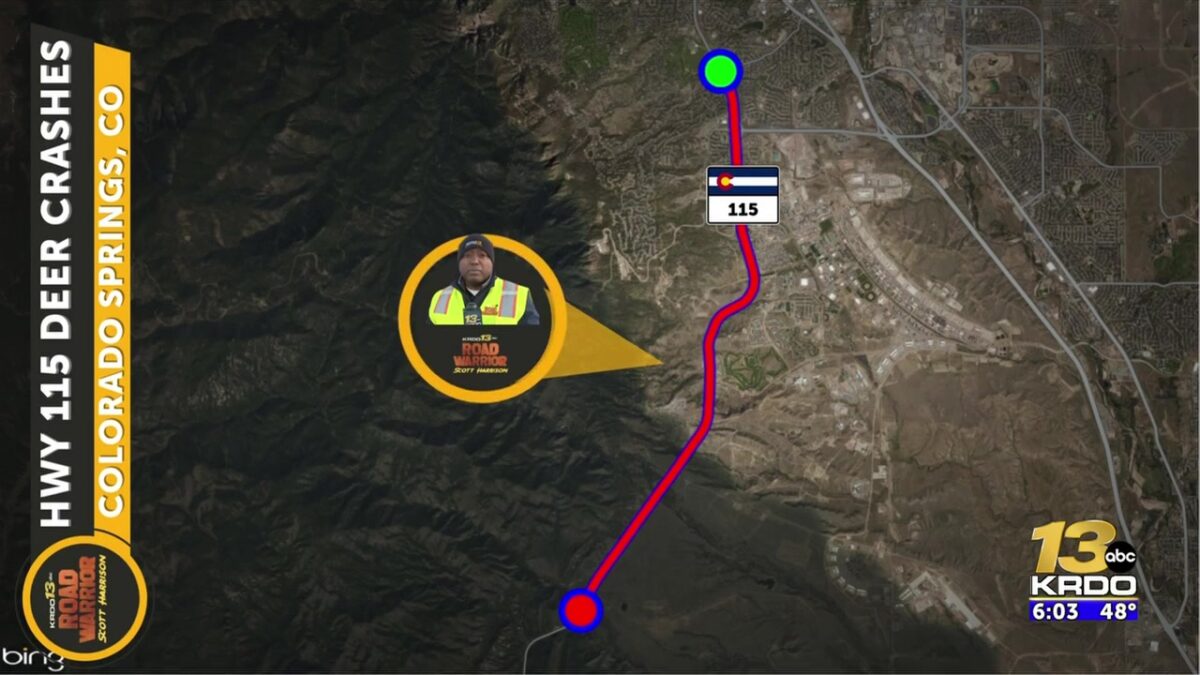
Scott Harrison
COLORADO SPRINGS, Colo. (KRDO) — Vehicle collisions with deer can often result in injuries, and occasionally deaths, to both drivers and animals.
However, Brandon Hystad has experienced two such crashes since Thanksgiving and although he and his passengers weren’t hurt, the cars he drove at the time didn’t fare well.
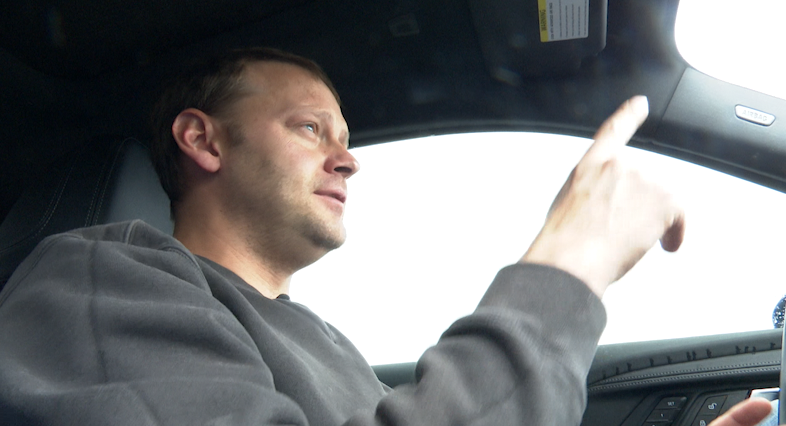
“In the first one, last November, I totaled my car when a deer came out of nowhere,” he said, recalling the incident from the driver’s seat of his new car. “All I know was that the air bags deflated and the car automatically braked.”
That was on southbound Highway 115, traveling up a steep hill near the Pawnee Avenue intersection overlooking Fort Carson.
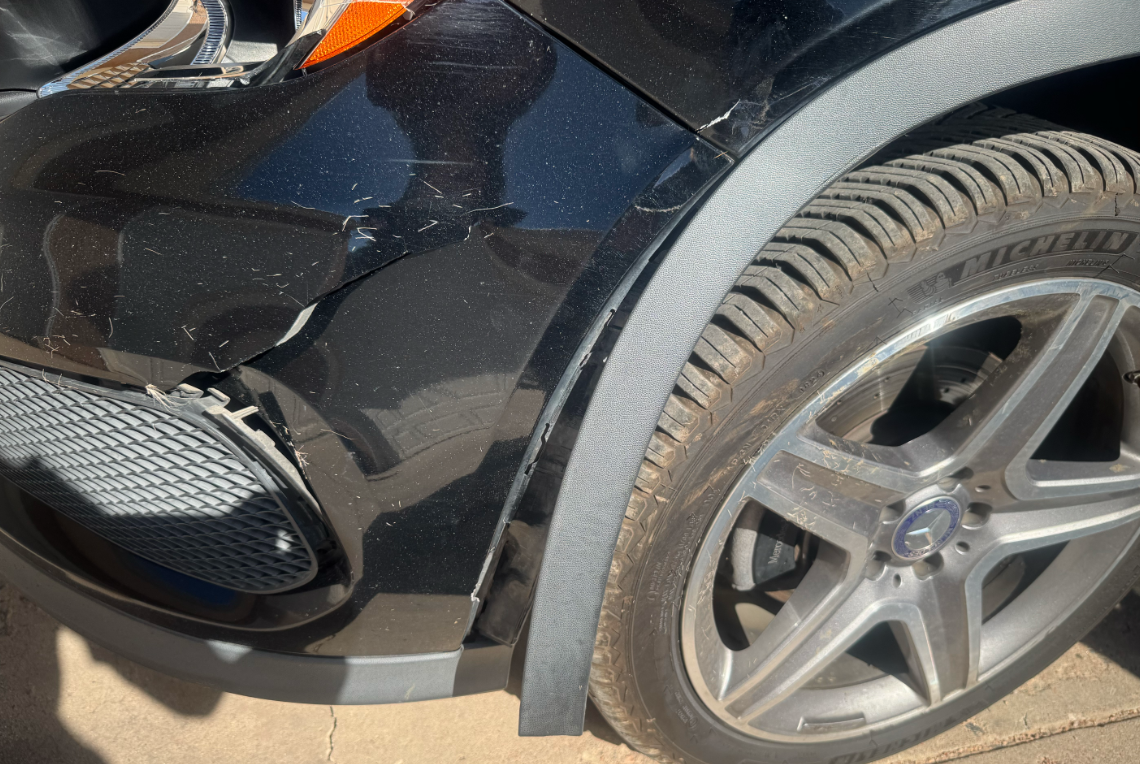
“At the first of May, I was driving my girlfriend’s car when I saw a deer in the left turn lane while I was in the left through lane,” Hystad said. “I slowed down and was just about to pass it when it suddenly ran in front of me and I hit it.”
That impact was on southbound 115 near the intersection of Cheyenne Meadows and Star Ranch roads, just within the city limits.
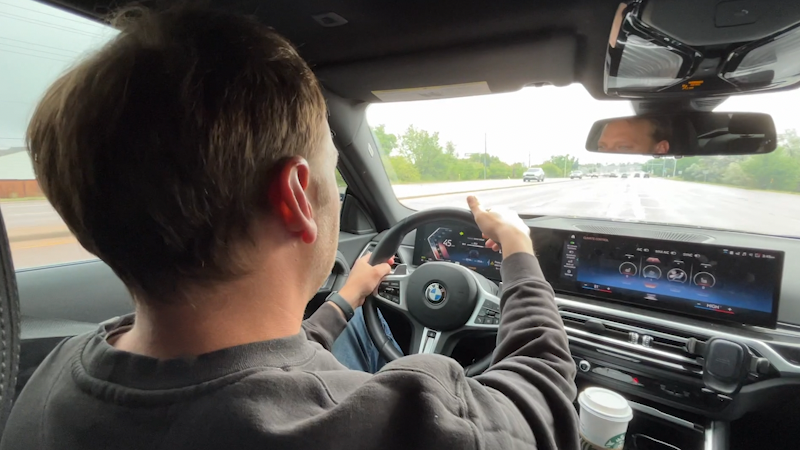
“It caused $10,000 in damage to the vehicle and it’s still in the shop,” Hystad said.
He wonders why there are so many deer in the area.

“I just moved back here last year after being away for 17 years,” Hystad explained. “Before I left, I rarely saw a deer. After the first crash, a state trooper said it was the sixth deer crash that he had responded to that evening. After that, it was almost a daily occurrence that I saw a dead deer, or somebody who had just hit a deer, and their car was wrecked and they’re on the side of the road.”
He and his mother — who initially contacted KRDO 13’s The Road Warrior about the trend — said that the crashes seem to happen at dusk, along a seven-mile stretch of the highway between Cheyenne Meadows/Star Ranch and Keeton Ranch Road.
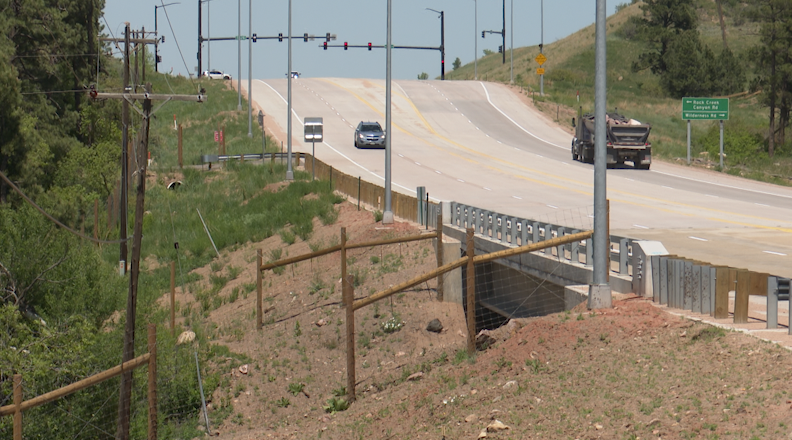
“The deer are always moving west from Fort Carson, across the highway to where homes are,” she said. “Colorado Parks and Wildlife (CPW) told me that people may be feeding them. It’s a dangerous situation.”
Gabriel Cosyleon, an environmental manager with the Colorado Department of Transportation (CDOT), said that he’s not aware of an unusually high number of deer-related crashes in the area.
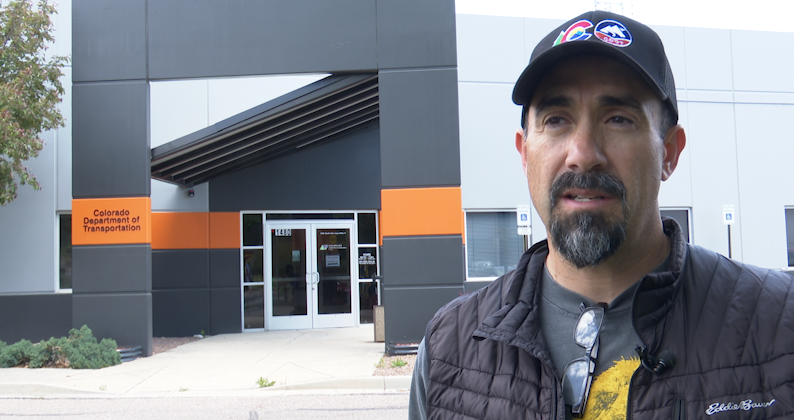
But he confesses that vehicle collisions with deer and other animals along highway corridors such as Highway 115 and Interstate 25 are an issue for the agency.
In fact, when CDOT completed a project last year to improve Highway 115 between Rock Creek Canyon Road and the El Paso/Fremont County line, it included the creation of a wildlife passage under the Rock Creek bridge, and the installation of wildlife fencing a half-mile north and south of the bridge.

Cosyleon said that it’s not nearly enough to keep wildlife off the highway.
“We’ve found that a lot of animals are using that passage,” he said. “Not just deer. The key is making it as natural as possible. If it looks too much like a culvert or a man-made concrete structure, some wildlife won’t use it. But with the amount of wildlife that are moving across highways, we need a lot more pathways.”

Wildlife fencing is expensive, Cosyleon said, and obtaining permission to install it on Army or private property is difficult.
However, CDOT is currently building a $15 million overpass for wildlife crossings in I-25, south of the Greenland interchange in Douglas County; it’s part of the “Gap” project that widened the highway between Monument and Castle Rock.
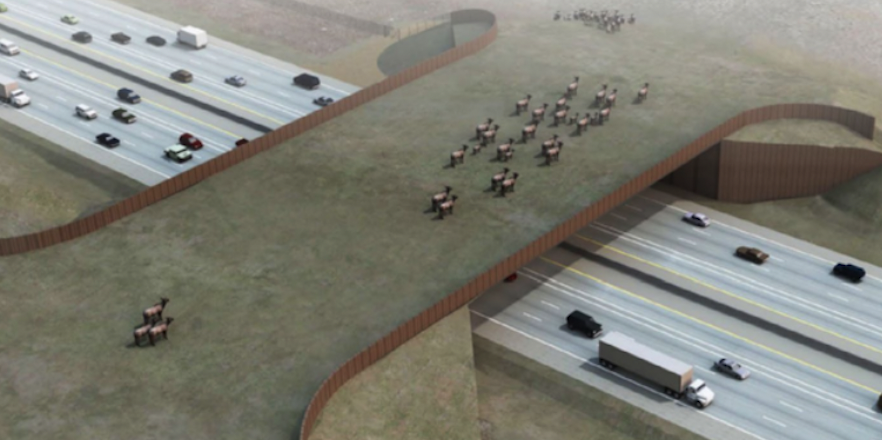
The overpass is a collaboration with CDOT, the Federal Highway Administration, Colorado Parks & Wildlife and other local partners; it’s being constructed specifically for big game animals such as deer and elk, and will complete a system of other wildlife crossings that are part of the “Gap” improvements.
The wildlife passage under the Rock Creek Bridge cost $500,000.
“The number-one priority, I’d say we have right now, is the New Mexico state line near Trinidad,” Cosyleon revealed. “We have animals that are coming up from into Colorado and are being hit on the top of Raton Pass.”
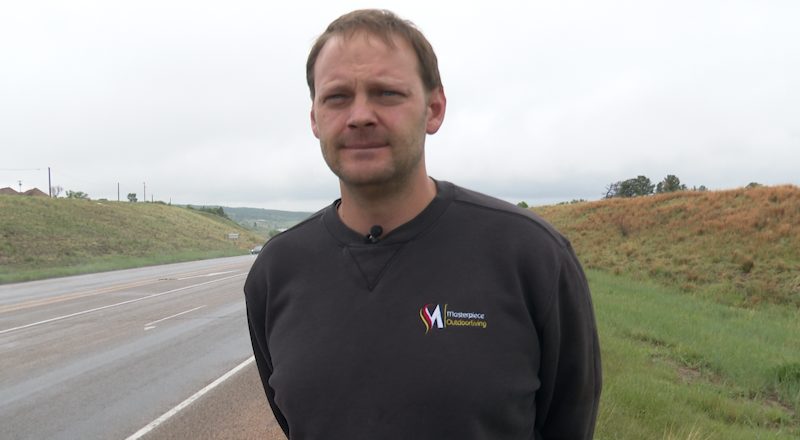
Hystad said that he wasn’t aware of CDOT’s efforts to reduce auto/deer crashes but is glad the agency is doing what it can.
“I understand the challenges but I think more can be done,” he said. “Put up more deer crossing signs. Install more street lights that would make it easier for people to see deer ahead of time.”
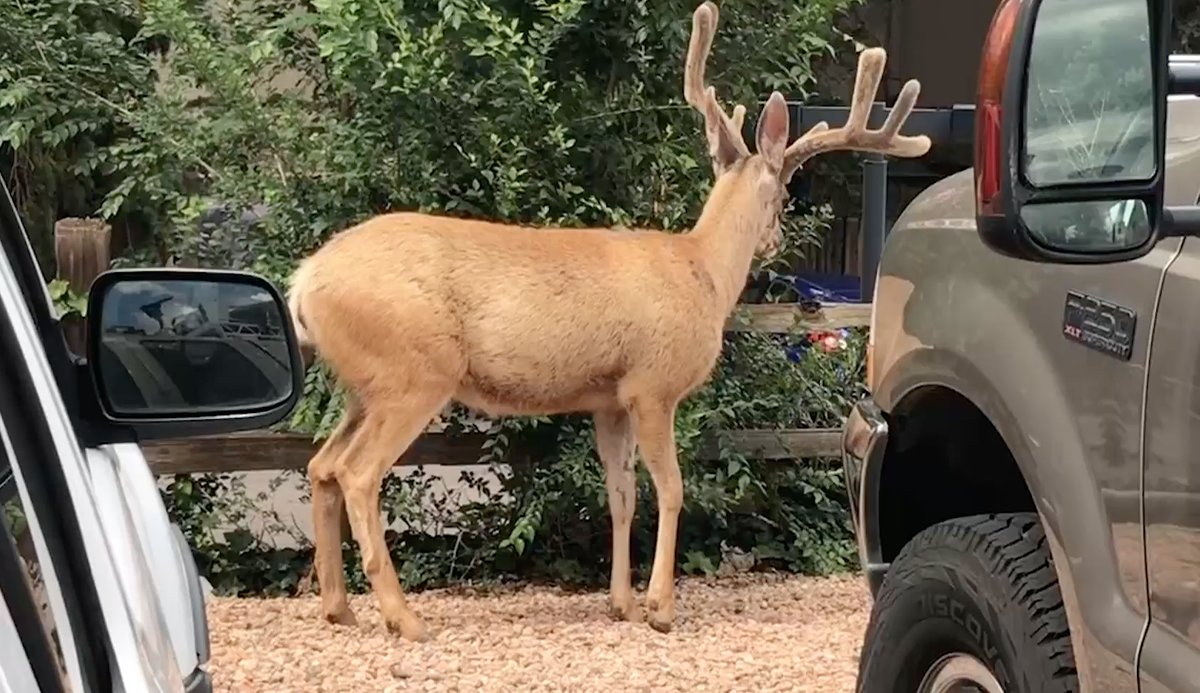
The Highway 115 situation is the area’s first widespread concern expressed about deer since officials in Colorado Springs and Woodland Park had serious discussions between 2017 and 2019.
However, those officials couldn’t agree on whether they should reduce the local deer population, or how they’d do it — and the matter became less of a priority when the COVID-19 pandemic arrived in the spring of 2020.